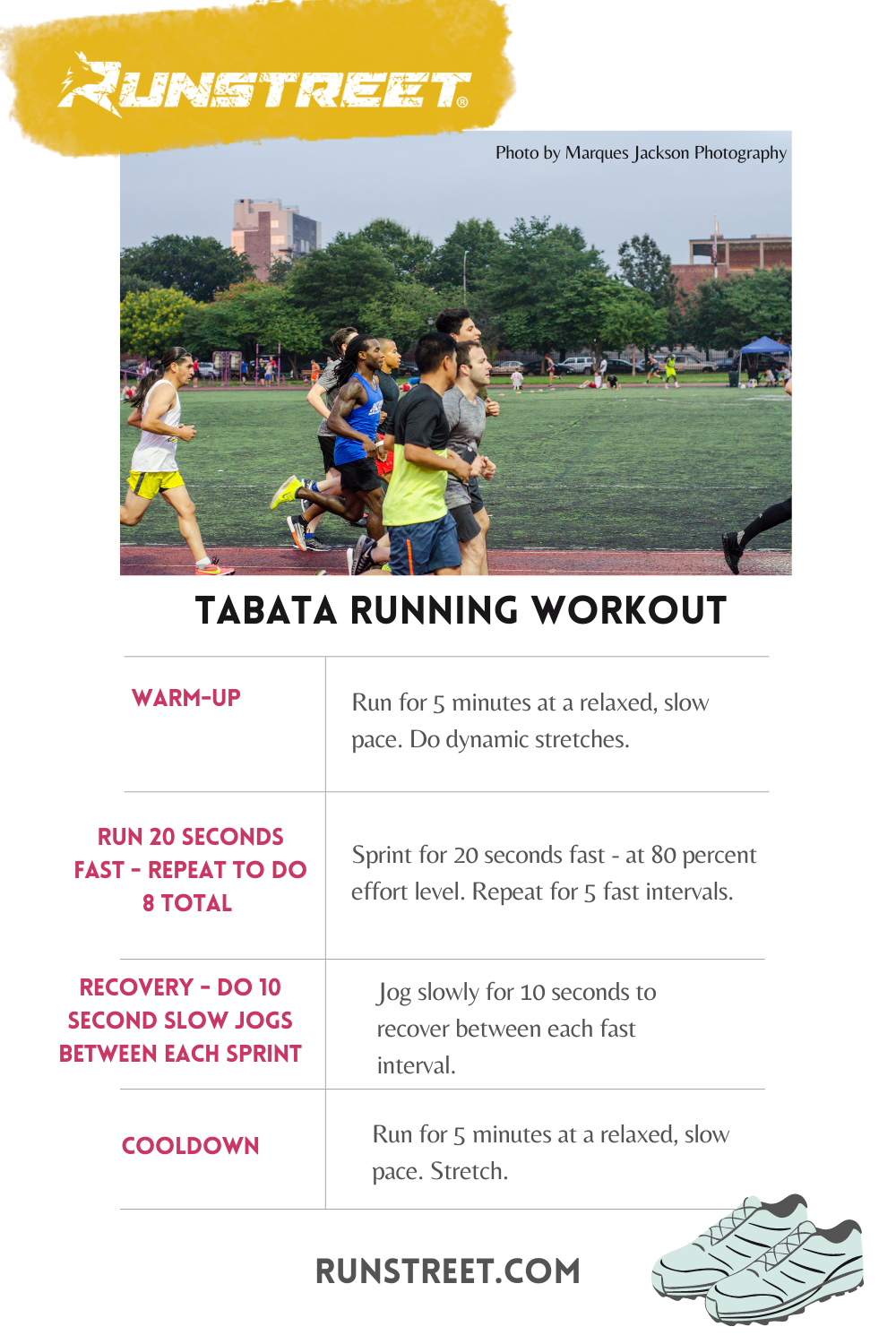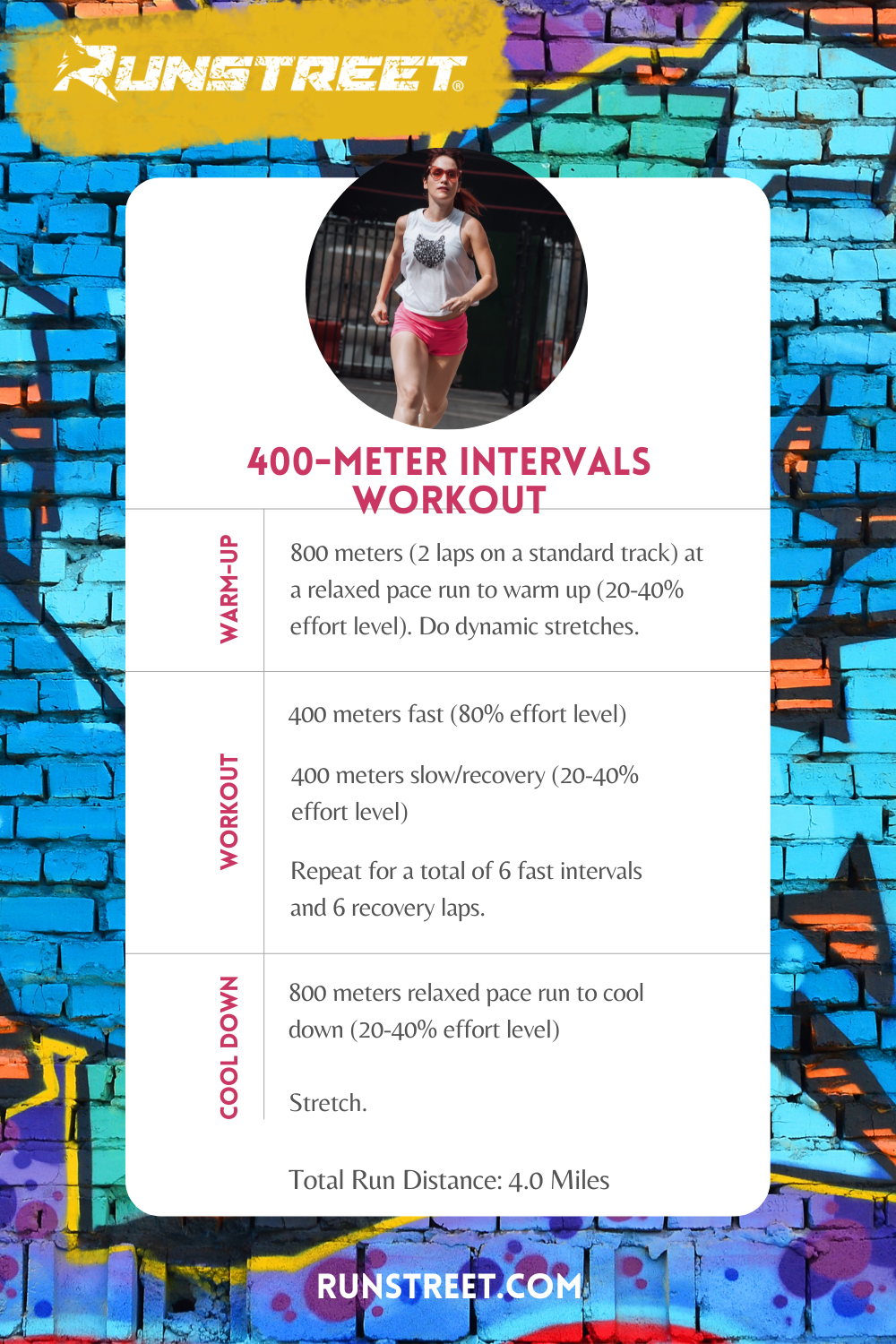How to avoid and Handle Pain in Running: Expert Tips and Guidance
The quest of that runner's high can occasionally be hindered by the unwelcome companion of discomfort. There exist tested methods and professional guidance that can assist alleviate and handle these discomforts, allowing you to focus on the pleasure of running itself.
Importance of Appropriate Footwear
Correct footwear plays a crucial role in stopping and handling discomfort for runners, as it dramatically influences their convenience, performance, and overall foot health. When it pertains to running, using the right footwear can make all the difference. Ill-fitting or inappropriate shoes can lead to a host of concerns such as sores, shin splints, plantar fasciitis, and a lot more extreme injuries like stress and anxiety cracks.
Choosing the proper operating footwear includes considering elements such as foot kind, stride mechanics, running terrain, and individual choices. Joggers with high arches might require more padding and assistance, while those with level feet could take advantage of security footwear. In addition, recognizing pronation (the internal rolling of the foot) and supination (the exterior rolling of the foot) can assist in selecting shoes that give the ideal level of arch assistance.
Spending in quality running shoes that are ideal for your individual requirements can aid avoid discomfort and pain while enhancing your running experience. Focusing on proper footwear is not nearly efficiency but likewise concerning guarding your foot health over time.

Efficient Warm-up Techniques
Shoes choice is simply one aspect of planning for a successful run; an additional critical aspect is carrying out effective workout methods to optimize efficiency and lower the threat of injury. A dynamic warm-up routine before a run helps raise blood flow to the muscles, improves flexibility, and improves the series of activity of the joints. Dynamic stretches like leg swings, high knees, and hip circles are useful in preparing the body for the physical demands of running. Gradually enhancing the strength of the workout exercises can aid activate the muscles and enhance neuromuscular coordination.
In enhancement to vibrant stretches, integrating some light cardio workouts such as jogging or avoiding rope can additionally elevate the heart rate and heat up the body. This combination of dynamic stretching and light cardio helps loosen up limited muscle mass, oil the joints, and emotionally prepares the jogger for the upcoming exercise (running workout). By making workouts a constant part of your running routine, you can dramatically decrease the threat of injuries and perform at your ideal throughout each run
Trick Stretching Exercises
When getting ready for a run, integrating vital extending workouts is important to enhance muscle mass flexibility and stop injuries - Read More. Dynamic extends such as leg swings, high knees, and hip circles are helpful for heating up the muscular tissues and increasing series of movement prior to a run. These movements aid improve blood circulation, loosen up tight muscle mass, and prepare the body for the task in advance
Fixed stretches like calf stretches, article hamstring stretches, and quadriceps stretches must adhere to a run to aid in muscle mass recovery and protect against rigidity. Holding each stretch for 15-30 seconds enables the muscular tissues to kick back and extend, decreasing the danger of post-run pain and potential injuries.
Additionally, incorporating yoga exercise positions like down pet, pigeon pose, and spinal twists can target several muscular tissue teams concurrently, advertising total flexibility and stamina. Regular extending regimens not just boost efficiency but also assist in preserving great running type and stopping overuse injuries. Keep in mind, appropriate stretching strategies are critical for a secure and enjoyable running experience.
Healing and Relax Approaches
After finishing a run, implementing reliable healing and rest strategies is crucial for making best use of efficiency and lessening the danger of injuries. Additionally, including rest days right into your training routine is vital to prevent overuse injuries and exhaustion.
Energetic recuperation techniques such as mild stretching, foam rolling, and yoga exercise can aid boost blood circulation, lower muscular tissue discomfort, and boost flexibility. It is likewise valuable to prioritize hydration and nourishment post-run to restore electrolytes, glycogen shops, and promote muscle healing.
Cross-training activities like swimming or cycling can offer a break from the repeated effect of running while still keeping cardio fitness - running workout. Paying attention to your body and identifying when it requires a break is vital to avoid chronic injuries and guaranteeing lasting running success. Bear in mind, remainder is not an indicator of weak point yet an essential component of a well-shaped training regimen
Cross-Training Benefits

It allows you to function on different facets of physical fitness that might not be targeted solely via running, leading to a more well balanced and well-rounded athlete. In addition, cross-training can help boost running efficiency by resolving muscular discrepancies and weak points that may hinder efficiency.
Final Thought
In verdict, proper footwear, warm-up strategies, extending workouts, healing approaches, and cross-training are vital parts in preventing and handling discomfort in running. By incorporating these methods right into your regimen, you can reduce the danger of injury and discomfort while optimizing efficiency and pleasure of the sport. Read More. Keep in mind to pay attention to your body, prioritize remainder and healing, and seek specialist guidance when needed to make certain a secure and efficient running experience